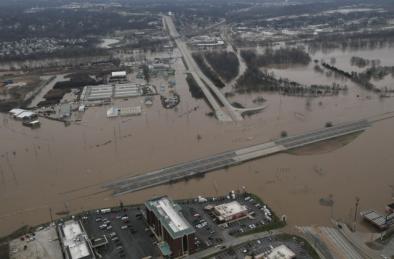Science Source
Synoptic and Climate Attributions of the December 2015 Extreme Flooding in Missouri, USA
- States that three days of extreme rainfall in late December 2015 in the middle of the Mississippi River led to severe flooding in Missouri
- Analyses the meteorological context of this event through synoptic diagnosis into the atmospheric circulation that contributed to the precipitation event’s severity
- Traces the midlatitude synoptic waves that induced the extreme precipitation and ensuing flooding to the Madden Julian Oscillation (MJO), which amplified the trans-Pacific Rossby wave train likely associated with the strong El Niño of December 2015
- Finds that, though the near-historical El Niño contributed to a quasi-stationary trough over the western U.S. that induced the high precipitation event, an interference between the MJO and El Niño teleconnections resulted in a relatively weak atmospheric signature of the El Niño in comparison to that of the MJO
- Investigates the influence of anthropogenic climate change on the relationship between ENSO and precipitation across several central U.S. states using 17 CMIP5 models from the historical single-forcing experiments
- Finds that a regime change in ENSO-related precipitation anomalies appears to have occurred, from being negatively correlated before 1950 to positive and significantly correlated after 1970, suggesting a likely effect of anthropogenic warming on the December 2015 extreme precipitation event
Related Content
Science Source
| Climate Central
Unnatural Coastal Floods: Sea level rise and the human fingerprint on U.S. floods since 1950
Benjamin H. Strauss, Robert E. Kopp, William V. Sweet et al
Headline

Feb 17, 2016 | Ars Technica
Recent St Louis flooding made worse by human changes to landscape
Headline

Feb 8, 2016 | Marketplace
Record floods in Missouri spur debate over levees
Science Source
| Nature Climate Change
Playing hide and seek with El Nino
M. J. McPhaden


